
Engineered Stem Cells Deliver Arthritis Medication in Sync with the Body’s Clock
Scientists at Shriners Children’s St. Louis have engineered stem cells

Scientists at Shriners Children’s St. Louis have engineered stem cells

Bayer AG and BlueRock Therapeutics have announced details of a

A study led by the University of Ottawa’s Dr. Armen

Studying oligodendrocytes has historically been challenging due to the complexity

A meta-analysis of nine randomized controlled trials (RCTs) highlights the
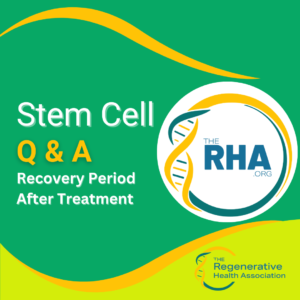
Stem Cell Q&A is a reoccurring series of questions and

A study evaluating human adipose-derived stem cells (ADSCs) for treating

Stem Cell Q&A is a reoccurring series of questions and

DW, a 68-year-old woman, was facing worsening knee pain due

A study using collagen-induced arthritis (CIA) mouse models found that

Stem cell facelifts are reshaping cosmetic procedures by utilizing the

A study used computational methods to screen plant-derived compounds for

A study from Sweden analyzed 174 patients with relapsing-remitting multiple
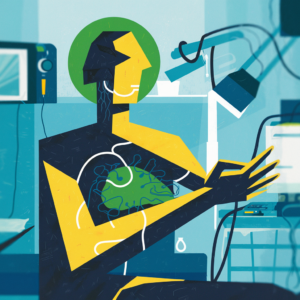
Machine learning is being explored as a tool to improve
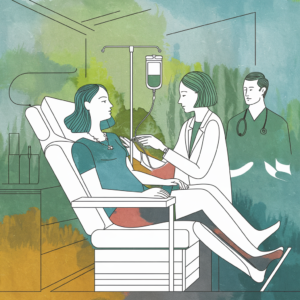
Research explores the role of mesenchymal stem cell (MSC)-derived exosomes

Current inflammatory bowel disease (IBD) treatments focus primarily on inflammation,

Stem cell therapy is being explored not only for sports

For patients with systemic lupus erythematosus (SLE) who do not

Research indicates that Adra2α expression affects the regenerative potential of

Florida lawmakers have introduced groundbreaking legislation that could revolutionize access

COVID-19 pneumonia has been shown to cause significant damage to
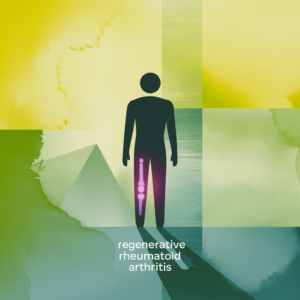
Deberah, living with rheumatoid arthritis, osteoarthritis, and fibromyalgia, sought relief
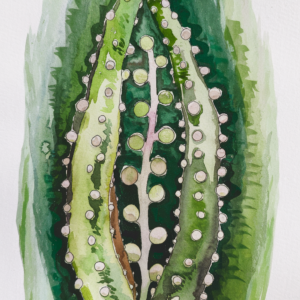
Plant stem cells are increasingly used in the cosmetic industry

Rheumatoid arthritis (RA) remains incurable, with traditional treatments often leading

The research evaluates the potential of umbilical cord-derived mesenchymal stem

Exosomes play an important role in the progression of atherosclerosis,

Researchers at Aarhus University have developed a technique to improve

This study models the long-term effectiveness of darvadstrocel (DVS) compared

A study examines the use of a transfersomal serum combining

A 46-year-old woman awaiting a heart transplant remained stable for

Stem cell therapy is being investigated as a potential approach

After suffering from the debilitating Epstein-Barr virus for over a

A four-year-old girl in Odisha became the youngest donor for

This study explores how pre-conditioning mesenchymal stem cells (MSCs) with
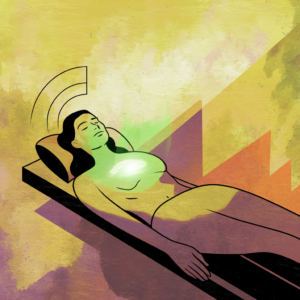
Researchers have developed a new class of light-sensitive chemicals that

Mesenchymal stem cell-derived neurotrophic factor (MSC-NTF) therapy is being investigated

Stem cells in skincare are often marketed as the future
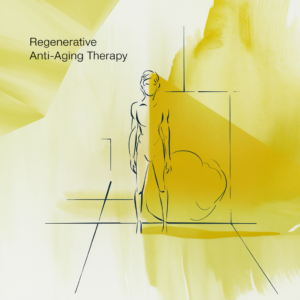
Scientists have turned back time—at least in the lab. By

The Carmell Secretome uses platelet-rich plasma (PRP) technology to promote

Umbilical cord-derived mesenchymal stem cells (UC-MSCs) offer a novel therapeutic

TED-A9, an investigational stem cell therapy, has demonstrated safety and

A study successfully derived an induced pluripotent stem cell (iPSC)

A bibliometric analysis of stem cell research in burn healing

The Abu Dhabi Stem Cells Center (ADSCC) has successfully administered

A case series examining rose stem cell-derived exosomes (RSCEs) highlights

Updated results from the Phase 3 ALLELE study confirm the

A five-year follow-up study evaluates the long-term clinical and radiological

Exosome facials provide a natural way to enhance skin health

This study highlights the role of exosomal miR-302b in reversing

Vicki Sutcliffe struggled with severe knee pain that significantly limited

The RHA.org Your Trusted Guide to Regenerative Health
© 2025 All Rights Reserved.